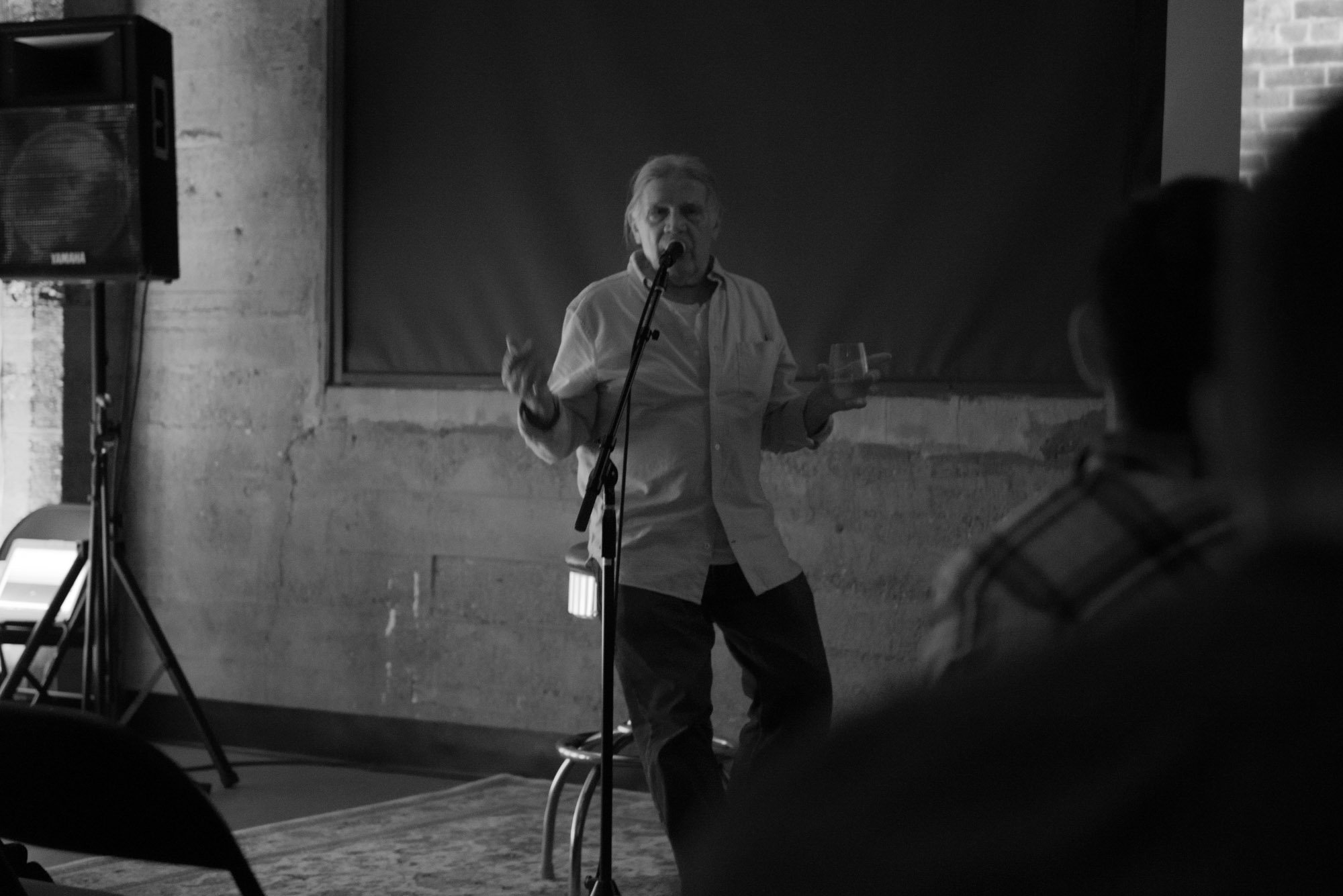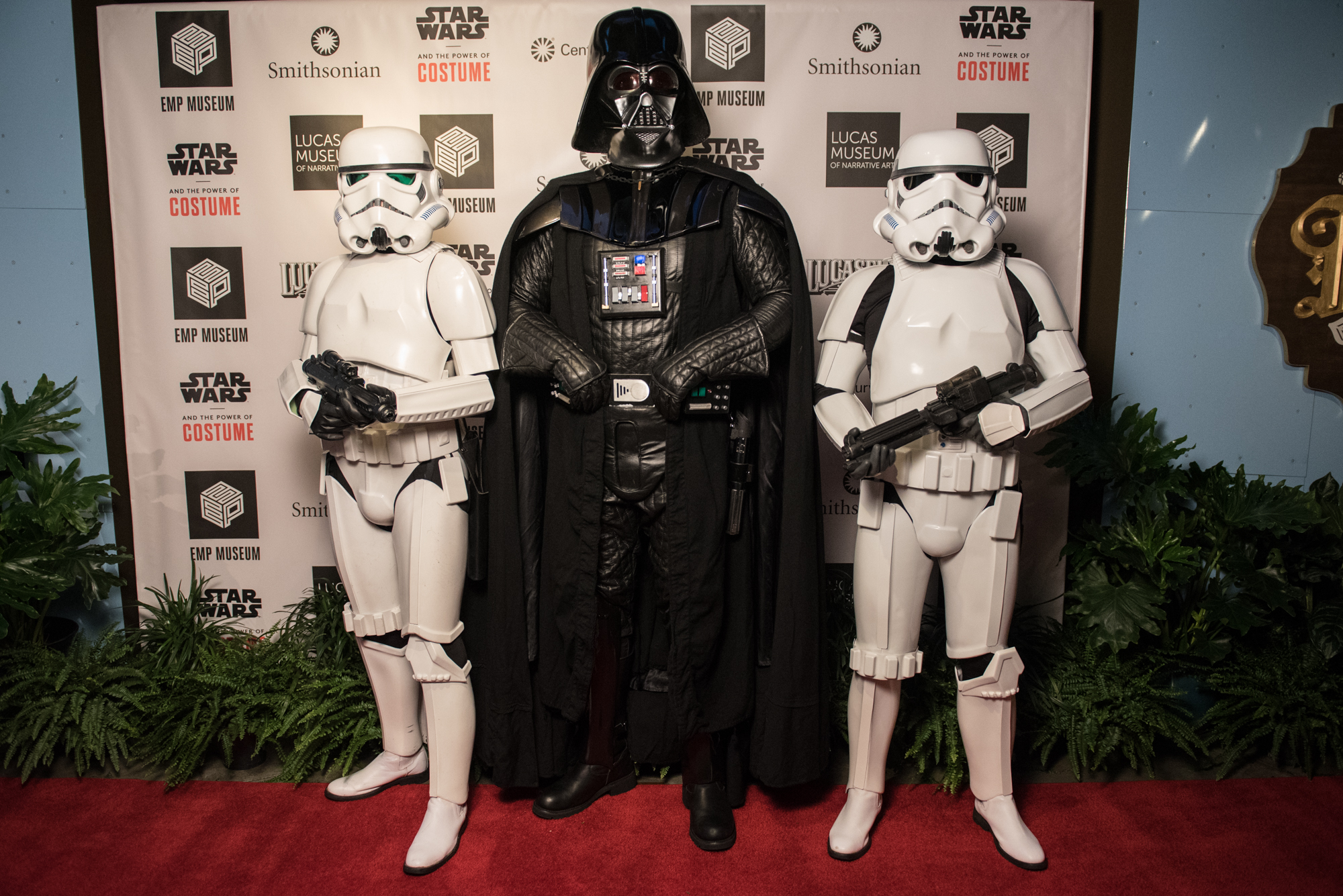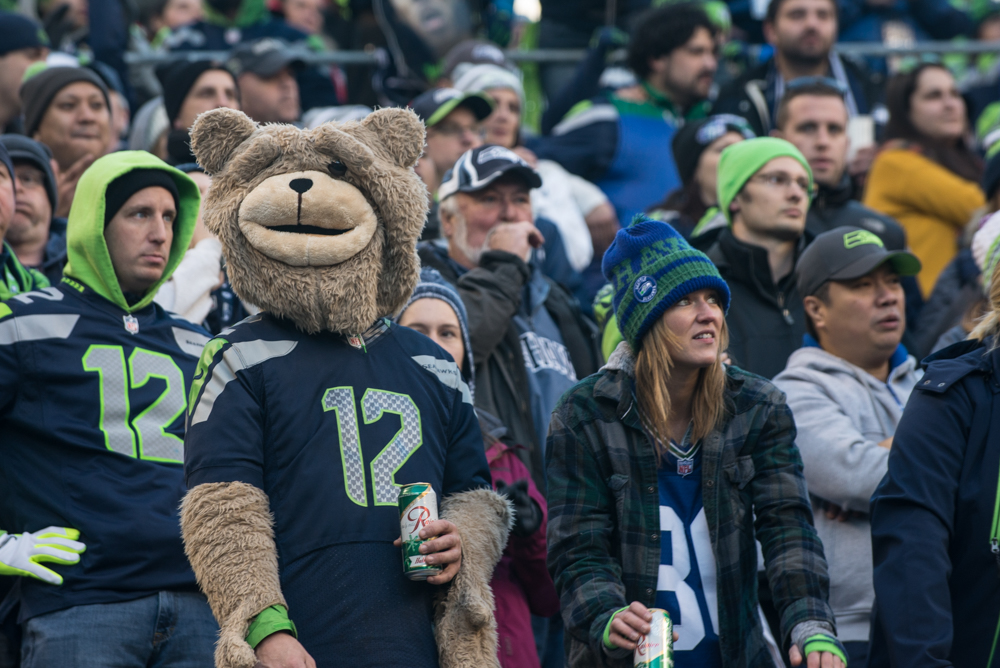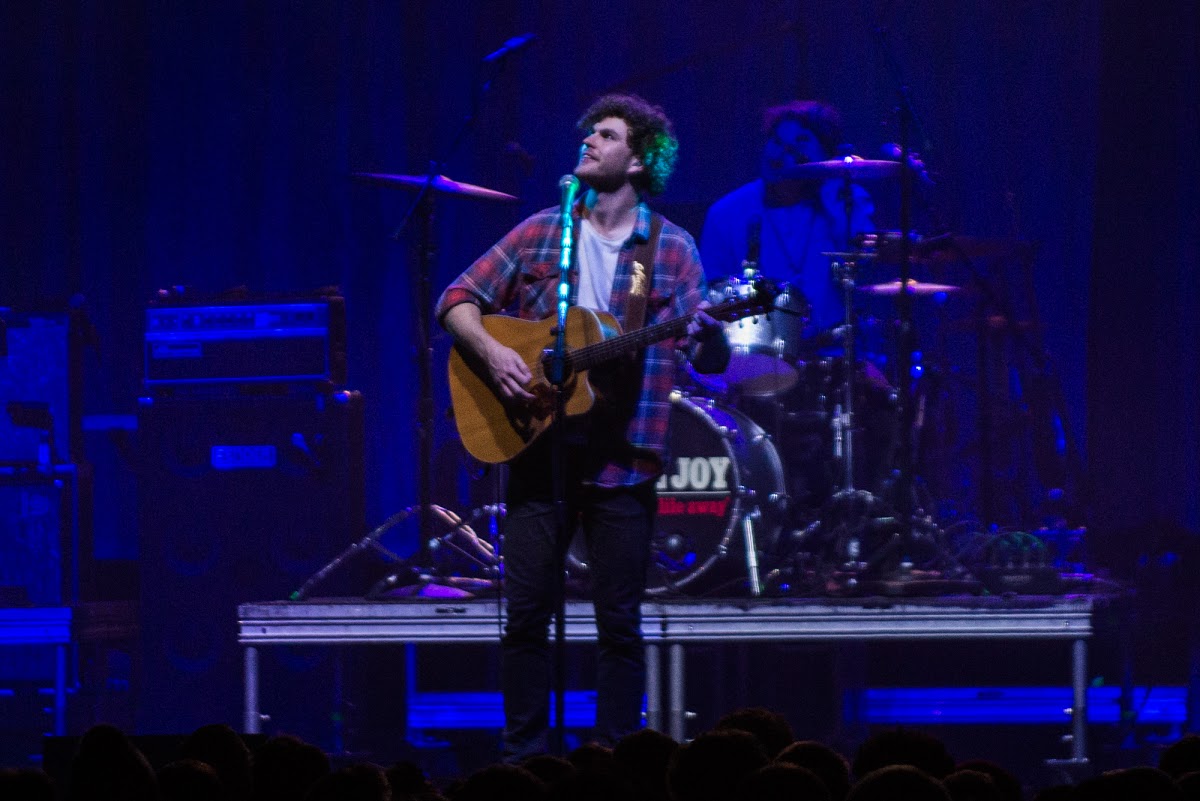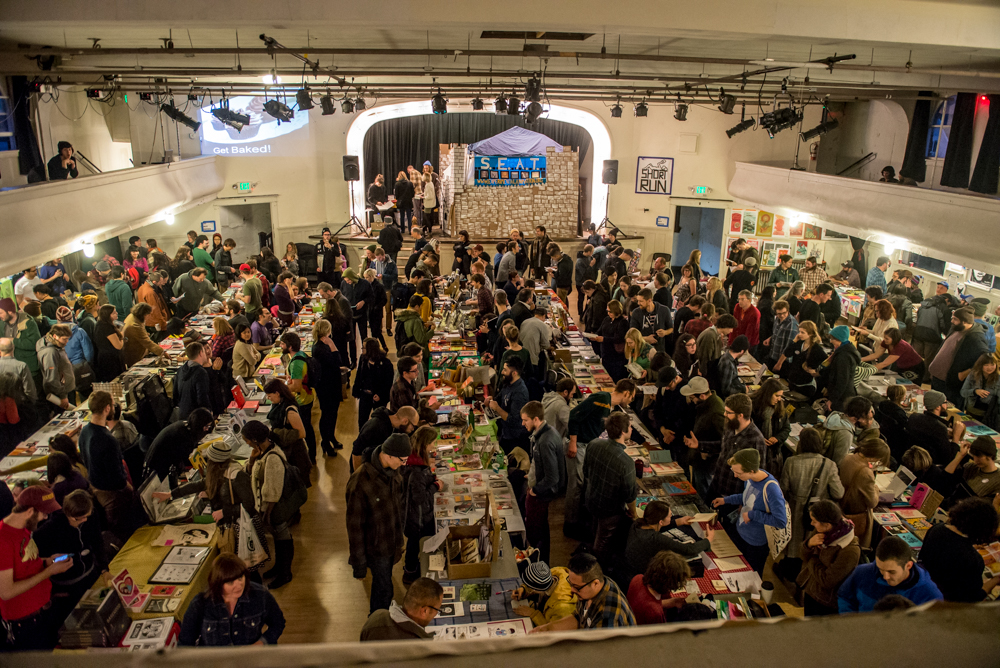Henry Diltz describing how The Doors shoot came about at Morrison Hotel all photos by Morgen Schuler
Last night Henry Diltz, an incredibly prolific and talented music photographer, stopped by the headquarters of local camera gear company Black Rapid for an event to promote his new book and chat about his fantastical life. Diltz has taken portraits of everyone from Joni Mitchell to Michael Jackson, Paul McCartney to Jimi Hendrix, producing images possessing a casual intimacy that befits lifelong friendships—though sometimes was as much a stranger as any other photographer. One of his most recognized pieces is the portrait of The Doors inside Morrison Hotel. As Diltz recalled in front the rapt crowd of about 50 who gathered at Black Rapid, that photo almost didn’t happen. The front desk clerk said Diltz and the band had to get the owner’s permission. A few moments later the obstructing employee was away from his desk and Diltz urged the band, “Hurry! Go in and we’ll take some shots.” They managed one roll and were out the door. As a folk musician in the ‘50s and ‘60s with Modern Folk Quartet, Diltz bummed around with the likes of David Crosby and Stephen Stills and many others. He’d picked up a camera while on tour because “all the guys in the band were getting them” and from that day on, whether he admitted it or not, he was a photographer. Even his first band portrait wasn’t meant to be such. He’d come across a mural on the beach while wasting time as Crosby and Young were sound-checking at a nearby venue. A group of guys came out of a door in the mural and he asked if they’d stand in front of it to show scale; turns out that group of guys was Buffalo Springfield and a few weeks later Teen Set Magazine called him and asked to buy his photo for a piece they were running. What kept Diltz going throughout the years, other than the need to make a living, was the urge to create slideshows of memories for himself and his friends. In those days he’d have (and may still have) sessions where his circle of friends all sit around watching as he showed slide after slide on a big screen. Sometimes they would have a caption competition as they went, trying to make each other laugh, sometimes creating the raunchiest description possible. In an interview with Rock Cellar Magazine, he told the interviewer the secret to his style of shooting and composition: “[I]n the back of my mind the whole time was: ‘How is this going to look on the wall when my friends see it?’” As I listened to Diltz and watched his images slide in and out of view, I found myself uttering, “Oh my god,” as a friend nearby smacked his forehead at how ridiculous, amazing, and simple it seemed for Diltz to create such iconic band portraits of so many people we have all come to know and love. It almost seemed like this career sort of fell into his lap; Henry lived (and still lives) in Laurel Canyon, which turned out to be a haven for folk musicians early in his career. But to say that he was simply handed his career is far from the truth; it’s what you do with the opportunities offered that move you forward. He was one of them, a musician, he understood what it was to be an artist in those days and didn’t see his subjects as “rock stars.” It’s this understanding that led to his very personal and beautiful portraits where you see the true character of a person, not just a facade.
Henry Diltz chatting with fans after the slideshow
Here’s another story that absolutely floored the audience: Henry was hanging out at Mama Cass’ place with David Crosby who had brought along one of his favorite new young artists, Joni Mitchell. She hadn’t recorded anything yet, so was still an unknown musician. Joni had a unique way of tuning and playing that was rarely seen and very imaginative. That day she was sitting in the grass plucking away at a guitar as Eric Clapton sat across from her entranced with mouth agape. The photo that Diltz captured of that moment is one that you want to study, imagine the emotion and feeling in that instant, and just take it all in.Throughout last night’s event Diltz spoke of spending time with friends like Joni Mitchell and Keith Richards, taking photos, going on assignments for Time and Rolling Stone (and Tiger Beat) as if he were telling us what he had for breakfast that morning … all without a touch of ego. It simply was what it was. When I asked him later if he’s ever tired of shooting, without hesitation he responded, “No.” He admitted to having his pro camera stashed away for more professional jobs, but never leaves without a camera on hand. He carries a small point and shoot Canon with him wherever he goes. He said, “Just shoot every day, wherever you go. I just went outside before this and took photos of the area and a fire hydrant on the street. Not everything I do has to be music.”It’s tempting to just relay every one of the incredible and heartening stories Diltz laid before the audience as we gawked in disbelief—including going on tour with Keith Richards, photographing Stephen Stills with a pink giraffe, or snapping a shot of David Cassidy with the UCLA cheerleaders—but that would be a disservice. See it for yourself tonight, once again at Black Rapid headquarters, an incredible experience not to be missed. He’s also selling/signing his book Unpainted Faces, a collection of the black and white photos he’s taken throughout the years. This will soon be followed by a second publication, Painted Faces, that will include color images from the same era.



